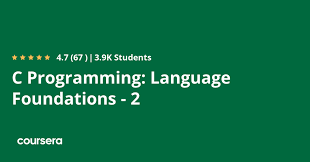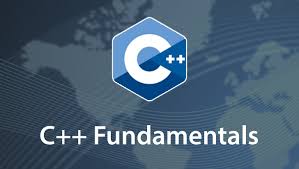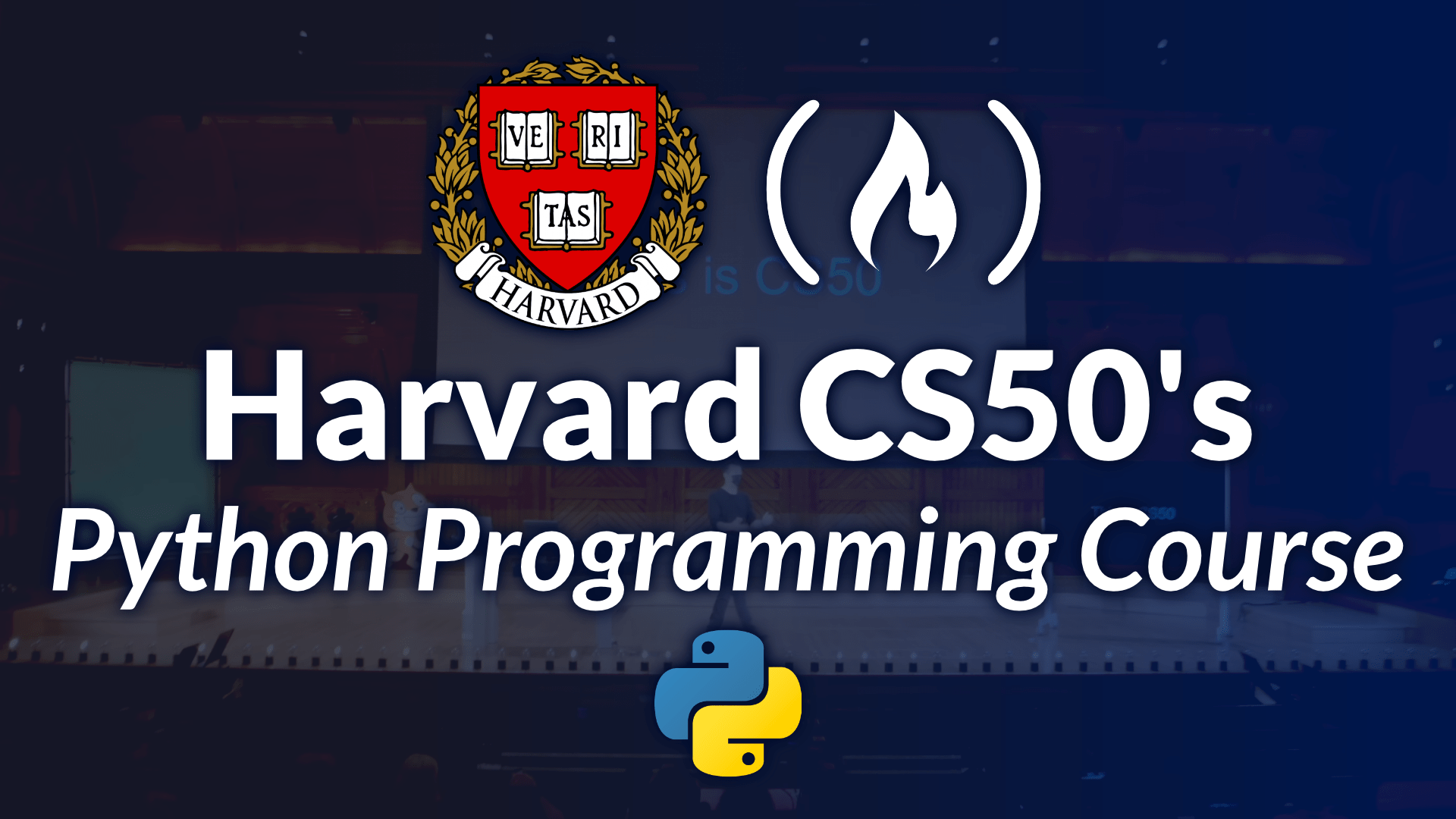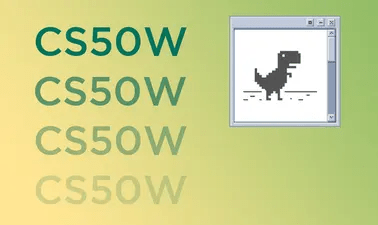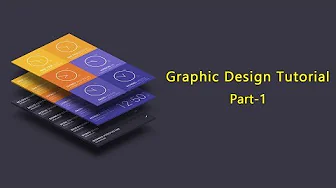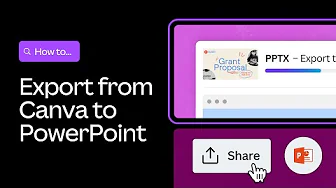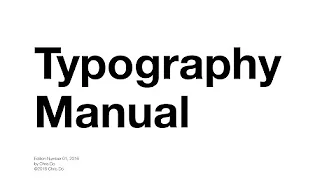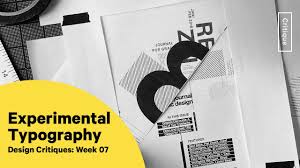Creating a Curriculum for Your Learning Pod: A Step-by-Step Guide
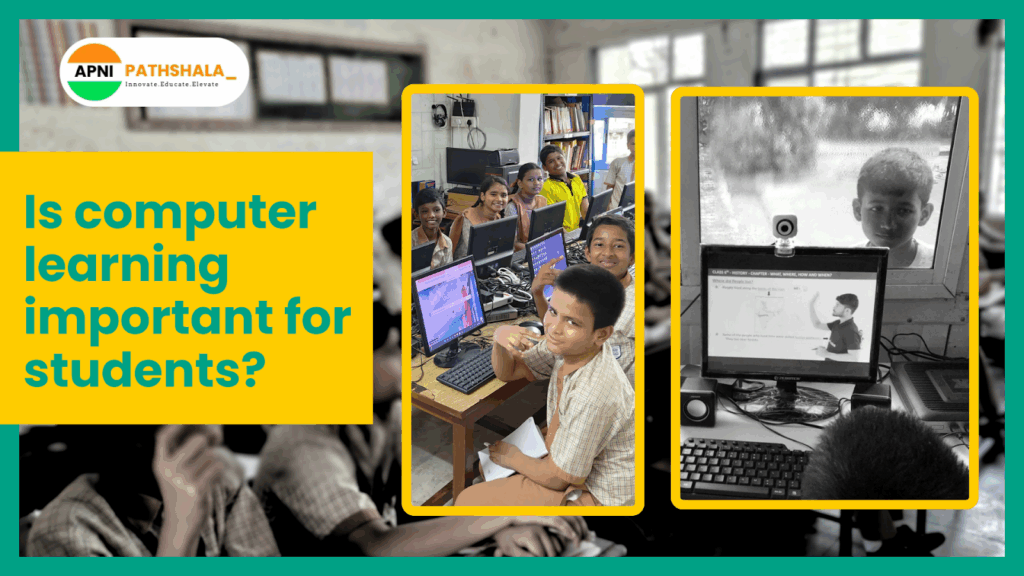
Fix Education’s Gaps: Top Needs EdTech Must Solve
Apni pathshala Unmet educational needs which EdTech entrepreneurs need to address Our education system is a mess, and everyone seems to be paralysed into inactivity because it seems to be a wicked problem. The secret is to focus on one specific problem at a time – an unmet need – and provide the best possible […]








